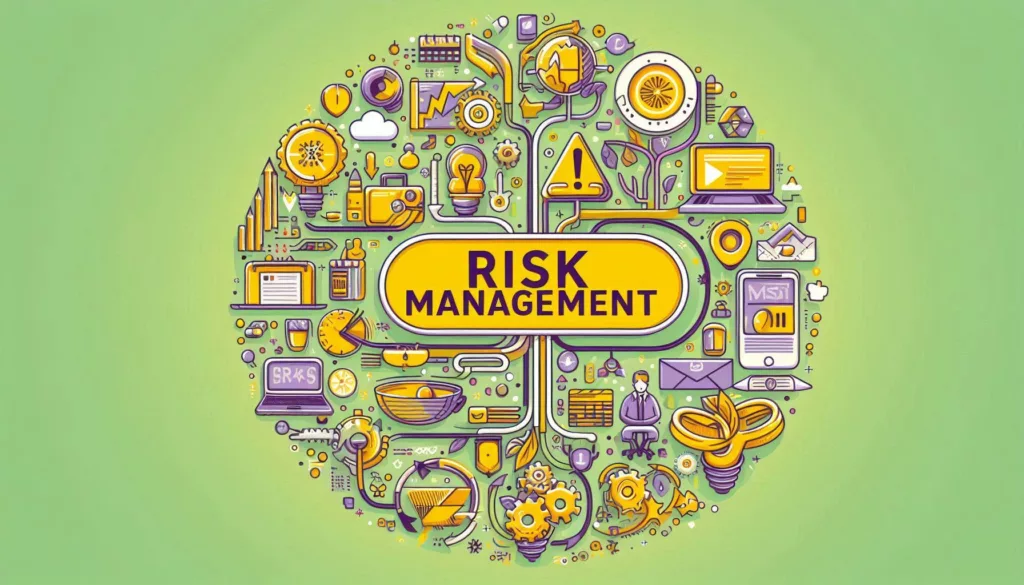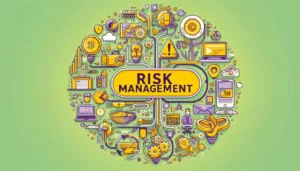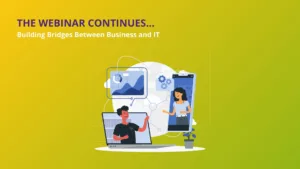Masterful Risk Management: Protecting Your Business
In today’s fast-changing business world, risk management is not just an option—it is necessary for any company that wants to stay strong and grow. Companies often face problems that can threaten their goals and even their survival. At BPM Power, we know how important it is to manage risks well to protect businesses from unexpected problems and to take advantage of opportunities for growth. Let’s take a closer look at what risk management is, why it’s important, and how you can successfully bring it into your company.
The Importance of Risk Management
Risk management involves the process of identifying, assessing, controlling, and monitoring risks that can impact an organization’s objectives. These risks can range from operational and financial risks to compliance and reputational risks. It is crucial that organizations not only respond to risks when they arise but also develop proactive strategies to manage these risks before they become a problem.
For instance, in a time when cyber-attacks are becoming more common, a well-established risk management system allows an organization to not only detect and prevent a possible attack but also ensures a recovery plan is in place to minimize damage. By proactively addressing risks, businesses can not only avoid potential threats but also enhance their capacity to thrive in a challenging environment.
Key Components of Effective Risk Management
Effective risk management consists of several critical steps:
- Risk Identification: This is the first step, where potential risks that may affect the organization are identified. These can range from operational failures to regulatory changes or even natural disasters. A thorough analysis of both internal processes and external factors, such as market trends and regulations, is essential to obtain a comprehensive picture of potential risks.
- Risk Assessment: After identification, risks are evaluated based on their likelihood and potential impact. This helps organizations prioritize the most critical risks and develop strategies to address them. A good risk assessment process utilizes both quantitative and qualitative methods to provide an accurate picture of the risks threatening the business.
- Risk Mitigation: This is where strategies are developed and implemented to reduce the likelihood of risks or minimize their impact. This can range from preventive measures, such as enhanced security protocols, to establishing crisis plans and ensuring regulatory compliance. By taking these measures, organizations can increase their resilience and enhance their ability to handle unexpected situations.
- Risk Monitoring and Management: Risk management is an ongoing process that requires continuous monitoring and regular evaluation. By tracking trends and proactively identifying new risks, organizations can respond quickly and adapt to changing circumstances. This is especially important in a world where changes happen rapidly and businesses need to remain agile to succeed.
Beyond this traditional approach to risk management, BPM Power places significant emphasis on increasing risk awareness within organizations. It’s vital that risks are not only managed at the top level but that all employees are aware of the risks the organization may face and their role in managing them.
Integrating Risk Management into Your Organization
At BPM Power, we offer not only risk management expertise, but also customized solutions tailored to your organization’s unique needs. Our approach goes beyond merely setting up a risk management system; we assist application owners in aligning their systems with the company’s risk management requirements, ensuring that every aspect of your operations is safeguarded. For any functionality not already in place, we can build custom applications in WEBCON BPS to meet your specific needs. With BPM Power, you can strengthen your organization’s capacity to handle risks, drive innovation, and ensure regulatory compliance, ultimately enhancing your risk management strategy and future-proofing your organization.
Practical Example
A great example of our work is our collaboration with a water authority in the Netherlands, where we significantly improved risk awareness across all levels. We not only assisted in the implementation of the risk management process but also spent considerable time discussing risks in specific processes with experts within the water authority. This approach led to the establishment of a robust risk management system and a culture where risk awareness is central. As a result, the water authority is better positioned to achieve its objectives and is better prepared for future challenges.
Conclusion
In conclusion, risk management is not a luxury but a necessity for any company striving for sustainable growth and long-term success. By embracing a sound risk management strategy, you can position your organization to face challenges with confidence and seize new opportunities. Are you ready to effectively address risks in your organization? Consider the steps necessary to enhance your risk management and ensure your organization is prepared for the future.
PS: Want to know more about risk management in the healthcare sector? Don’t miss our webinar on September 19 at 2:00 PM, where we’ll share the latest insights in process management and discuss the outcomes of Prinsjesdag on it for the healthcare sector.



